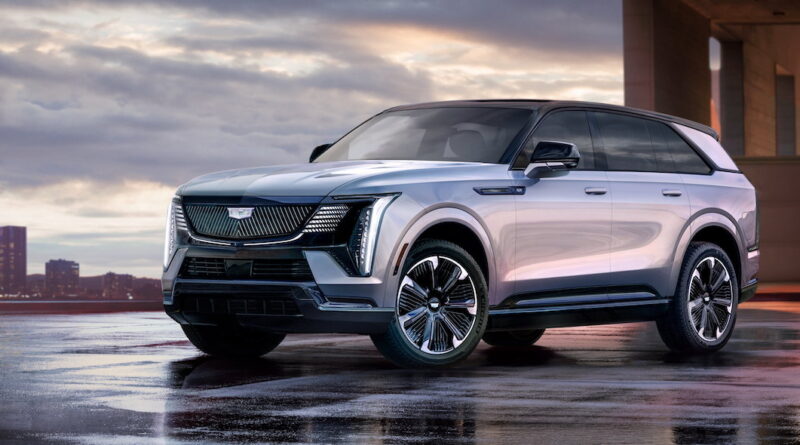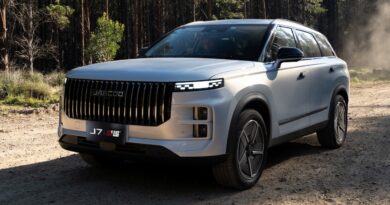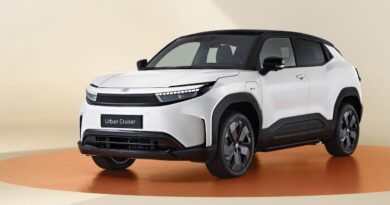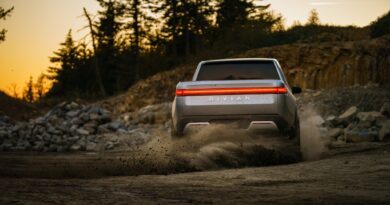How EV-only Cadillac plans to take on Tesla, BMW, Lexus … and more
Forget everything you know about Cadillac. Forget wings, lashings of chrome and fuel-sucking engines.
The modern Cadillac is a very different brand with its crosshairs trained firmly on luxury rivals – and Tesla. Cadillac is thinking big with its new breed of electric cars.
While it has walked back on its everything-electric-by-2030 promise – it appears combustion engines could keep firing in its native American beyond that deadline – the company is still planning an EV-only onslaught Down Under.
READ MORE: Cadillac reveals uber luxury Sollei concept
READ MORE: Cadillac Lyriq to lead brand’s return to Australia
READ MORE: Seventh heaven: New all-electric 2025 Cadillac Vistiq debuts
READ MORE: 2024 Cadillac Optiq electric SUV gunning for Tesla Model Y
Cadillac’s Australian relaunch kicks off late in October with the Lyriq SUV.
The mid-sized five-seater will provide an electric alternative to the likes of the BMW X3, Mercedes-Benz GLC and Audi Q5.
It also competes with $100K-plus electric cars such as the BMW iX, Lexus RX and Audi Q8 e-tron.
Pricing is yet to be announced for the Lyriq but the brand has previously hinted it could be more than $130,000.
It will be sold online and through a handful of “experience centres”, the first of which opens in Alexandria in Sydney on October 30.
So don’t expect the Lyriq to be as prolific as the Tesla Model Y, which is a similar size but less than half that price.
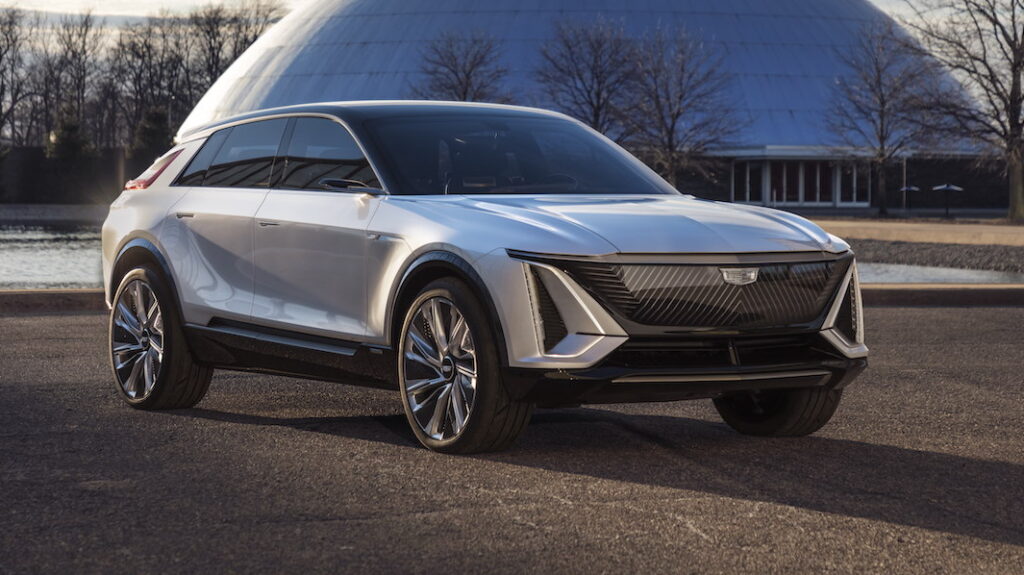
Sure, Tesla will in some way be on the hit list for Cadillac. It’s the dominant brand in the EV space and appeals to aspirational buyers.
But Cadillac is focusing more on building a healthy brand long term and one that lures buyers looking for something different.
Whereas Cadillac globally is working towards an EV-only line-up sometime in the early 2030s, in Australia it’ll only sell electric cars.
Beyond the Lyriq, there’s a fresh influx of new arrivals.
None have been confirmed for Australia yet, but the company says more are on the way.
”There will be a broader range portfolio … a full portfolio,” said Shilpan Amin, the president of General Motors International, which is looking after the brand’s expansion into other markets.
He says Australia is a strategic market for Cadillac.
“We’re not ready to make an announcement about any other portfolio entries,” he said, adding “we see a lot more opportunity there”.
Top of the wishlist would surely be the Escalade iQ, the all-electric version of Cadillac’s most famous model.
While it shares the brash styling and opulent cabin treatment of the V8-powered Escalade, the iQ makes do with electric-only propulsion and sits on GM’s Ultium architecture, rather than adapting the petrol-powered platform for electric.
There’s no right-hand-drive program approved for the Escalade iQ but like all cars based on the Ultium electrical architecture, it’s been engineered to have the steering wheel on the right.
“If there is consumer demand I would love to bring all of them there (future EV Cadillacs),” said Amin, adding that making a business case stack up was a lot easier with EVs
”It gives us access to a much broader portfolio.”
More realistic short term arrivals would be the Optiq compact electric SUV and the Vistiq seven-seat large SUV.
The Optiq would likely be priced below the all-important luxury car tax threshold (currently $91,387), in turn giving access to the fringe benefits tax (FBT) incentive.
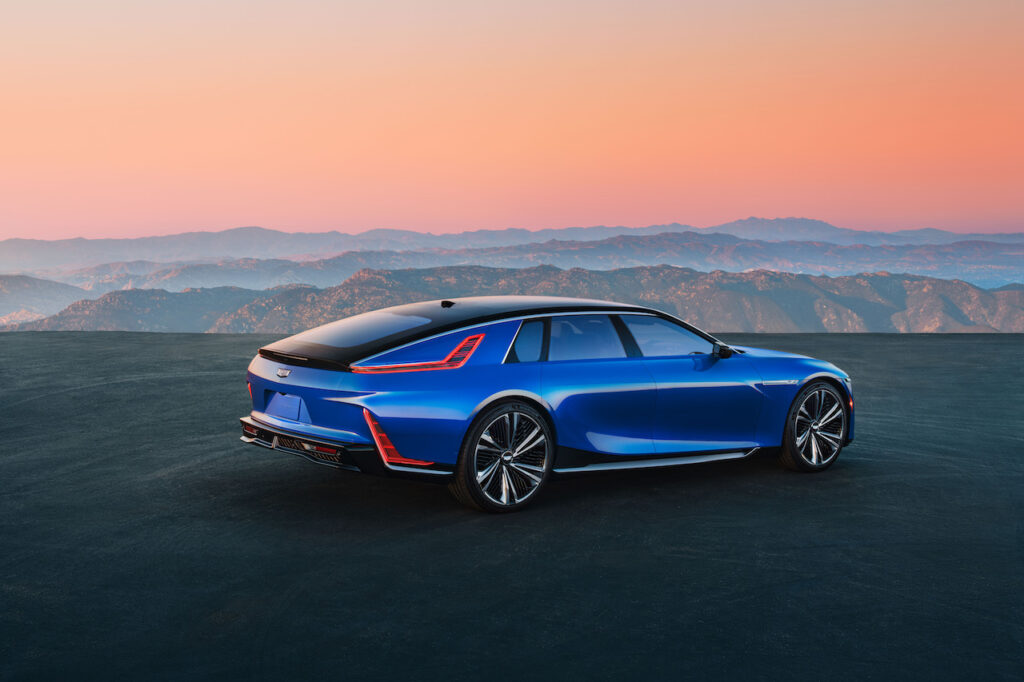
Cadillac also has its radical Celestiq flagship that is designed to take on Rolls-Royce at the very top of the market.
Likely to wear a circa-one-million-dollar price tag in Australia, the Celestiq would clearly be a very low volume machine.
Cadillac has also shown off the one-off Sollei concept that is a drop-top version of the Celestiq.
And Cadillac has said it would like to do a high performance hypercar, something showcased in the Opulent Velocity concept.

